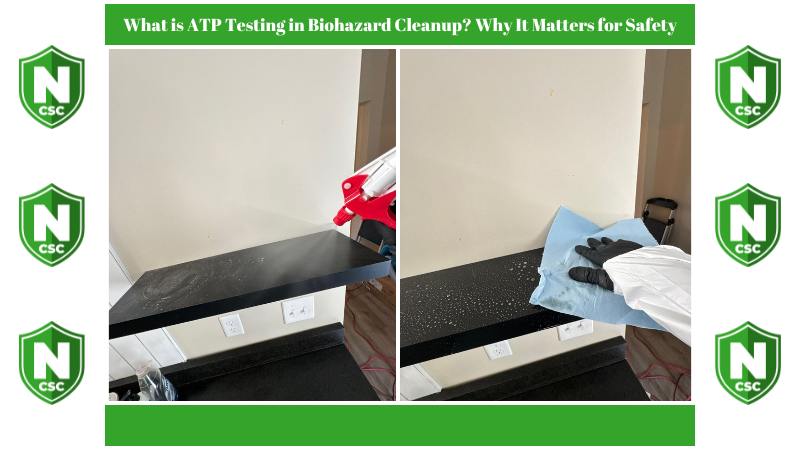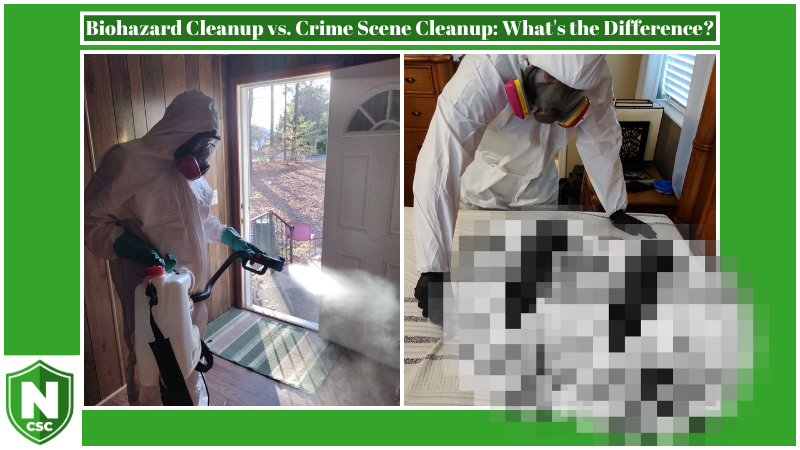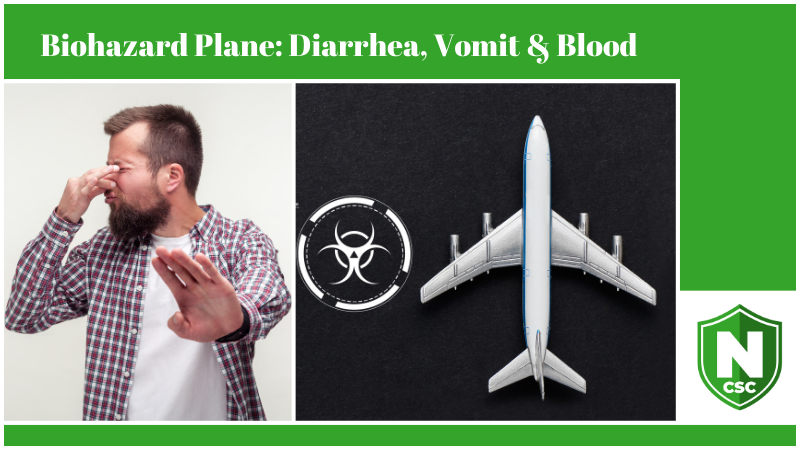Types of Cleaning Solutions for Biohazard Spills
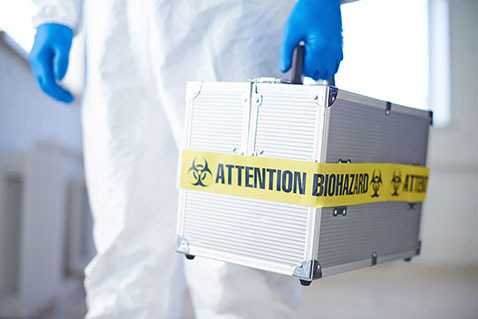
Medical case with biohazard held by gloved cleaner
Biohazard spills can happen unexpectedly when least expected. When a biohazard spillage occurs, the right bleach cleaning solutions should be used to ensure the spillage is cleaned and no trace of infectious material is left unattended. Biohazard spills are all unique in their own way and each biohazard spill requires a different cleaning solution to clean and disinfect the surface on which they spill on.
There are various types of bleach cleaning solutions used whenever a biohazard spill happens. They are generally prepared on different percentage concentrations.
Cleaning solutions for biohazard spills
There are different types of biohazard spills all requiring different cleaning solutions. When handling a biohazard spill, the major point of concern is on what concentration of cleaning solution to use.
For any biohazard spill what should be the concentration bleach of cleaning solution? To begin with, each biohazard spill is different in toxicity and hazard levels. Therefore, there is a different cleaning solution suitable for cleaning up each biohazard spill. It is never a one fits all scenario.
Types of Biohazard Spills and their Cleaning solutions
Biohazard spills are of different types, and they require different cleaning solutions.
Blood Biohazard Spill
Blood spills can happen any time when we least expect. They may happen from a car accident, a drug overdose incident, to someone who has been killed via a gunshot or has been stabbed using a sharp object. Whichever the reason, the blood spillage has to be cleaned up, and the right equipment and cleaning agents have to be applied to ensure no infection occurs.
Cleaning Solution for Blood Clean Up?
For cleaning up hazardous blood spillages, most companies use a solution of one part of 0.5% chlorine diluted in nine parts of water. This solution for disinfecting and cleaning blood hazardous spillage from surfaces should include 0.5% of chlorine concentration. Due to the way chlorine solution gradually loses strength within 24 hours after being freshly prepared, it is crucial to apply it shortly after preparation on the blood hazardous spillage. This is to ensure adequate disinfection takes place.
The procedure for preparing a 1:10 solution freshly for disinfecting a hazardous blood spillage can be done by adding one volume of household bleach to nine volumes of clean water as unclean water may contain organic matter, which destroys chlorine.
Standard cleaning solutions which have been successfully used for cleaning blood hazardous other than household bleach are Calcium hypochlorite powder or granules (70%) such as Sochlor NADDC granules.
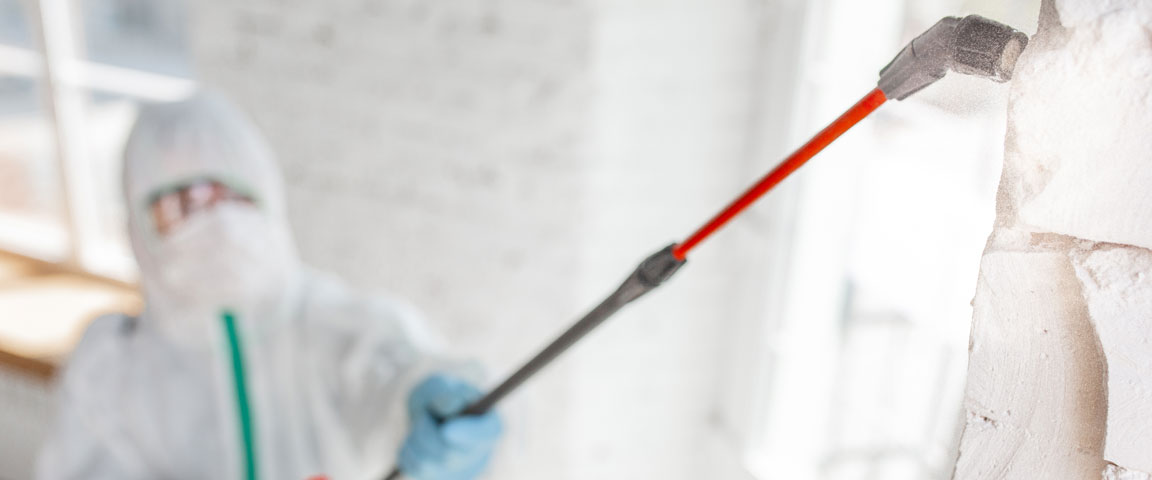
Cleaner in a hazmat suit remediating room full of mold. Similar methods apply for blood, animal waste, and other biohazards.
Mold Biohazard Spill
Mold may grow around your home, and you may not realize it early enough. This is because mold loves warm, humid places, which most of the time are out of sight. Once mold spreads, it may be highly challenging to get rid of it. The mold that has spread out can become very problematic as it can cause respiratory diseases such as asthma and allergies. To counteract the spread of the mold biohazard spill, mold remediation is applied to prevent further spread of the mold. Remediation is the process that is done to amend the outbreak of mold spread by reverting it back to natural levels and stopping the abnormal spread from happening again.
Mold is best cleaned using white distilled vinegar with 5% acidity or cleaning vinegar with 6% acidity. Bleach can also be used, but vinegar has been proven to be a better cleaning agent for mold than bleach. Brands such as Allens cleaning vinegar have been used for mold remediation and achieved excellent results.
Reasons for using Vinegar over Bleach for mold remediation
• Vinegar kills the mold from the surface to the membrane level, while bleach only kills the mold from the surface and does not penetrate the membrane.
• The use of bleach can multiply mold growth since when applying bleach to a mold surface, mold colonies detect bleach as a threat and make the mold grow more vigorously. This is because mold may feed on the bleach hence using it to multiply itself.
Bleach is also discouraged for use by EPA, and thus use of 5% vinegar or 6% vinegar is highly recommended as a cleaning solution for mold remediation.
Animal Waste Biohazard
Animal waste biohazards such as animal waste may contain various bacteria and viruses that can be harmful to you and the surrounding people. Animal waste and droppings from bats, rodents, birds, and even the pets we own can be potentially dangerous. They may contain fungi that can cause serious infections such as histoplasmosis, which, when inhaled, can cause infections.
It is advisable to allow professional biohazard cleaners to handle the disposal of this biohazard waste. The waste may have a powerful odor which the use of baking soda can eliminate. The cleaning solution is made by mixing one part vinegar, one part baking soda, one part dishwashing liquid, and three water parts. One can use cleaning vinegar like Allen cleaning vinegar, mix with Arm and hammer baking soda, and dishwashing solution like cascade gel dishwasher.
This solution can help remove the strong odors that emanate from the animal biohazard waste.
Remediation Cleaning Solutions
There are various remediation cleaning solutions for biohazard waste. They are different depending on the biohazard waste being cleaned up from a particular surface, resulting from either a crime scene, an accident, or even a death scene. The cleaning solutions range widely from household bleach, calcium hypochlorite, vinegar, and a mixture of vinegar laced with baking soda and dishwashing liquid. Brands such as Sochlor NADDC granules, Allen cleaning vinegar, and Arm and Hammer baking soda have been used successfully as cleaning solutions by clean-up companies to clean up biohazard wastes.
Waste cleaning may seem like a process that may be done at home since even some cleaning solutions can be easily purchased. Biohazard spillage can lead to infections, and that it should not be taken as a DYI procedure. Biohazard waste collection, treatment, and clean-up should be left to be done by professionals. They have specialized equipment and the know-how on how to handle the different chemicals used for waste cleaning.
For handling your biohazard waste, you may consider contacting National Crime Scene Clean Up for biohazard waste handling of any kind.


